Raya with refugees
Celebrating Raya with 600 Rohingya refugees.
When humanitarian NGO Humanitarian Aid Selangor Society invited 400 Rohingya refugees to a Raya open house celebration, they prepared food for 600 people as they knew more would turn up. For the community, it was something they had looked forward to for a while. Social events are rare for them, and it was an occasion to meet familiar faces from their home country, a small but much-needed change from their everyday routine.
It was also an opportunity to get medical treatment. Malaysian volunteers had organised a free health clinic and 200 refugees were on the list that day. They didn’t mind waiting hours for their turn if it meant that they could get their medical ailments – ranging from flu to migraines, broken limbs and even chronic conditions – looked at and treated.
While UNHCR-registered refugees get 50% off their medical bills at government health facilities, it still costs too much for many of them. One woman told us that on a good day, her husband could bring in RM30 as an odd job worker. On other days, they would have to make do and survive on whatever they have.
The day was a cause for celebration, and R.AGE documented the festivities in this multimedia story.
Photos by Johenson Goh
Text by Samantha Chow
Videos by R.AGE
Seeking treatment
The health clinics are organised monthly by a team of Malaysian volunteers from IMARET, mostly to treat common sicknesses such as cough and flu, but they do issue referral letters for critical cases. For many of the refugees, this is their only chance to get treatment. The fees at government health facilities cost too much for many, even when they own a UNHCR card which grants them 50% off the bill.
Meeting Dil Johar
When we first met Dil Johar, she was sitting in the foyer, surrounded by her two young children who were staring curiously at our cameras. She had come a long way to join the festivities, but her main objective today was to get her migraine treated. She and her husband can’t afford a normal trip to the doctor; as he brings in a daily income of around RM30, and that’s only on a good day.
Today, her brother dropped her off at the centre, and she had RM7 tucked safely in her purse for the taxi fare home. Unfortunately, she got there too late and missed the check up. “There were too many people,” she said, dejected. “I’ll have to come back next month.”
WATCH: Rohingya refugee and mother Dil Johar explains why she’ll do all she can to ensure that her children receive education.
Father figure
Ustaz Rafik Shah (right) is always surrounded by people. A “father figure” in the community, Rafik would constantly check up on those who had questions or needed help. He didn’t mind though, as this has been the way for many years in his role as a community leader. “We shouldn’t differentiate between each other, as every one of us have one thing in common – we just want a better life,” he said.
and community leader
“I arrived in Malaysia 35 years ago,” said Rafik. “My family did not have an easy life, but alhamdullilah, everything was better after arriving in Malaysia.”
That was when he realised that many of his fellow countrymen were living in hardship, and he dedicated his life to helping them. Rafik was instrumental in setting up several programmes including the health clinics and a school for refugee children, which is housed in the community centre.
WATCH: Rohingya community leader Ustaz Rafik describes the challenges faced by the refugees in his district, and how celebrating Raya has brought them together with the Malaysian community.
Lunch hour
Just after noon, there was a call for people to gather and prepare for lunch. Women and children sat on the ground in a sheltered area by the foyer, where food was served. The men converged into a separate area just behind the wall. The menu was chicken curry, fragrant briyani, and acar, a pickled cucumber and carrot dish. There wasn’t enough space to sit everyone at one time, so they patiently took turns to eat.
The chef
Muhammad Isahak is the man behind the menu for today’s reception. As head chef, he had started cooking since seven in the morning. “I’ve been a chef for more than twenty years,” he shared. He was excited to show us the spices that he used for today’s meal. “My favourite dishes to cook are chicken and beef, with gravy. I don’t like vegetables,” he laughed.
The kitchen helper
The kitchen has hosted many festivities, and Sen Wara has been behind many of them over the years. She has been serving as a cook at the community centre with two other helpers for three years, and together they feed the 150-odd children who go to the refugee school. Five of her children are also students at the school.
Making art
Volunteers from ArtAttacking! worked on a butterfly mural throughout the day, fueled by upbeat music playing on the radio. They took turns to work on it, and invited anyone who walked past to pick up a Sharpie and join in. They had to stop six hours later when they ran out of ink, but managed to complete the mural on another day.

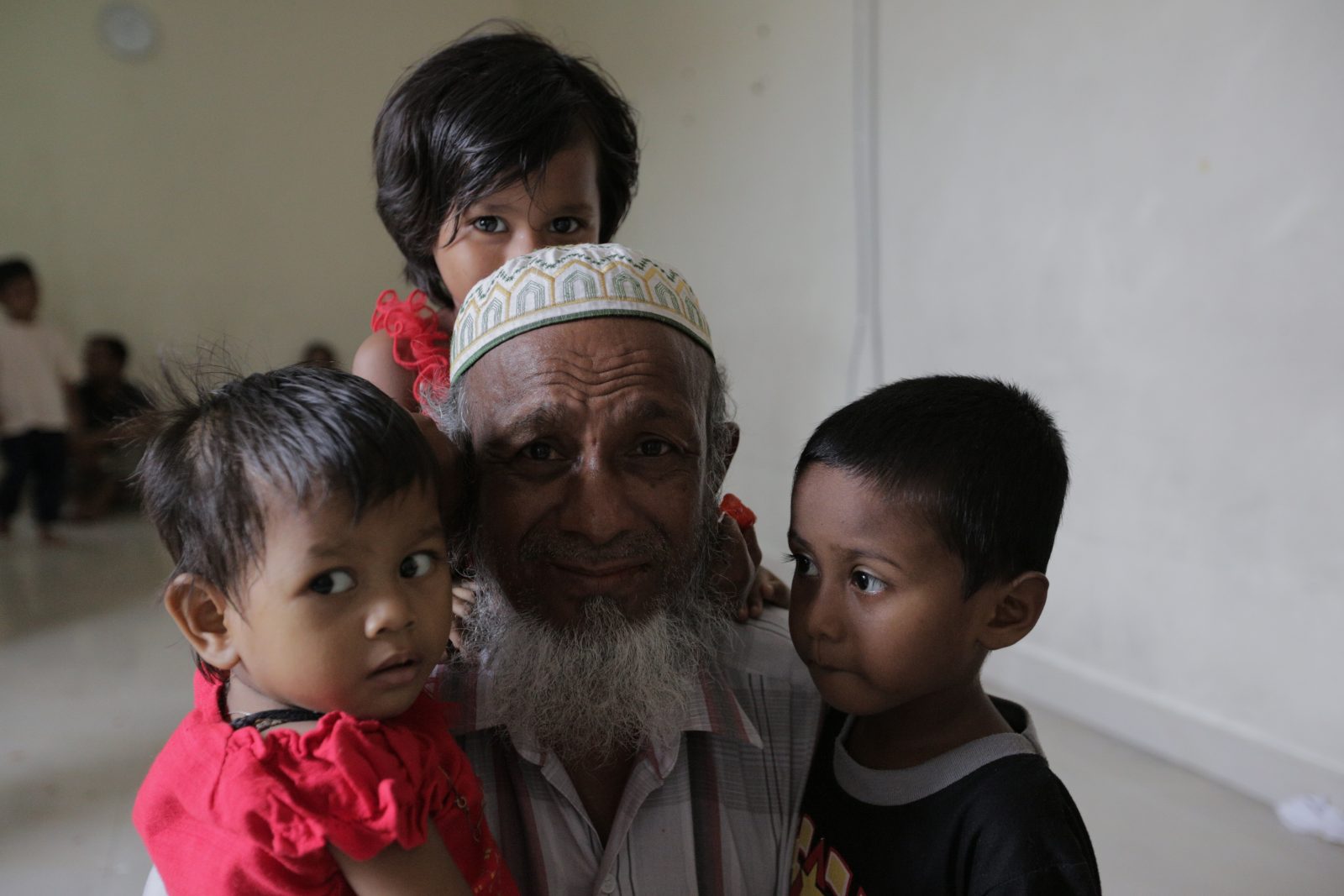
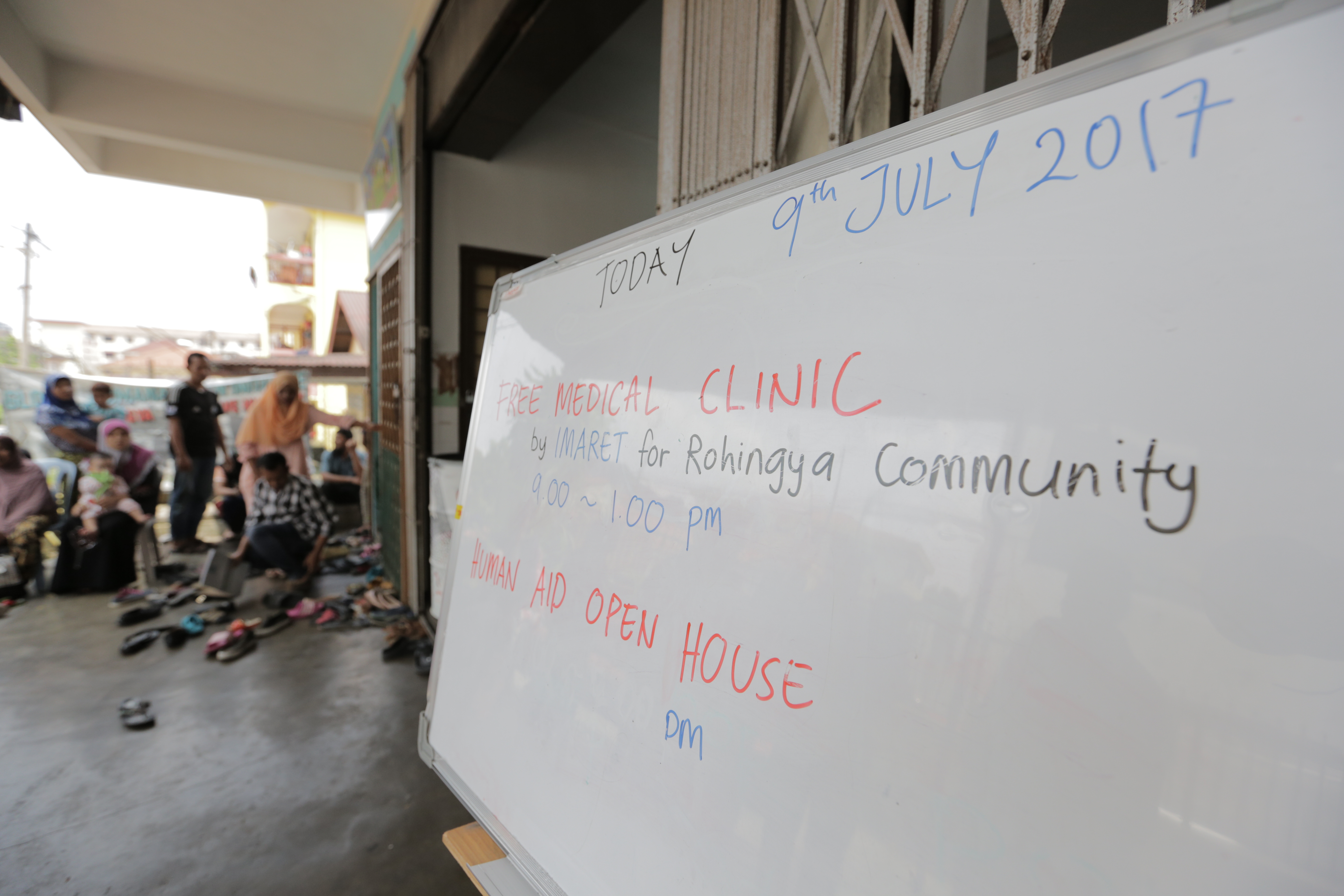
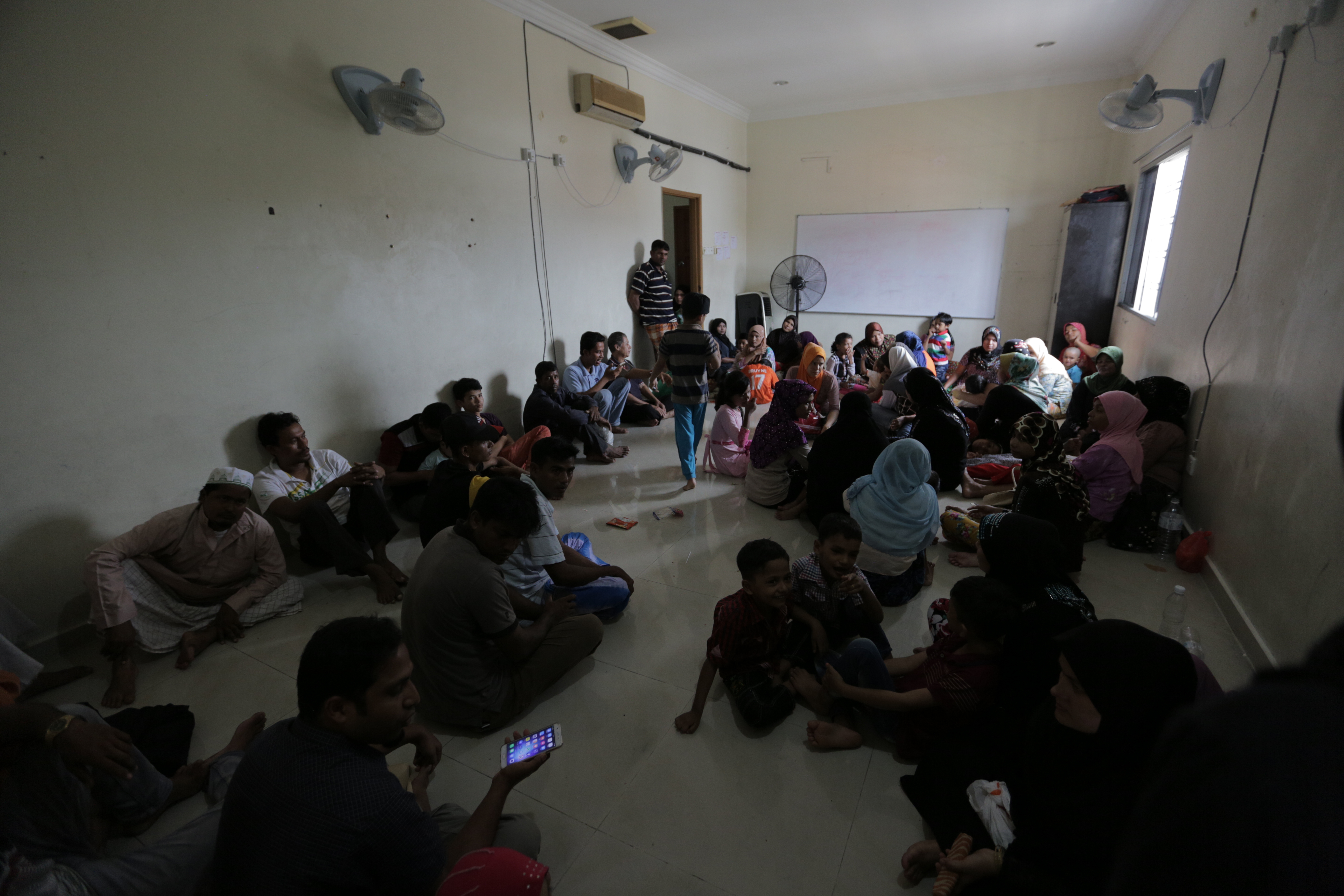
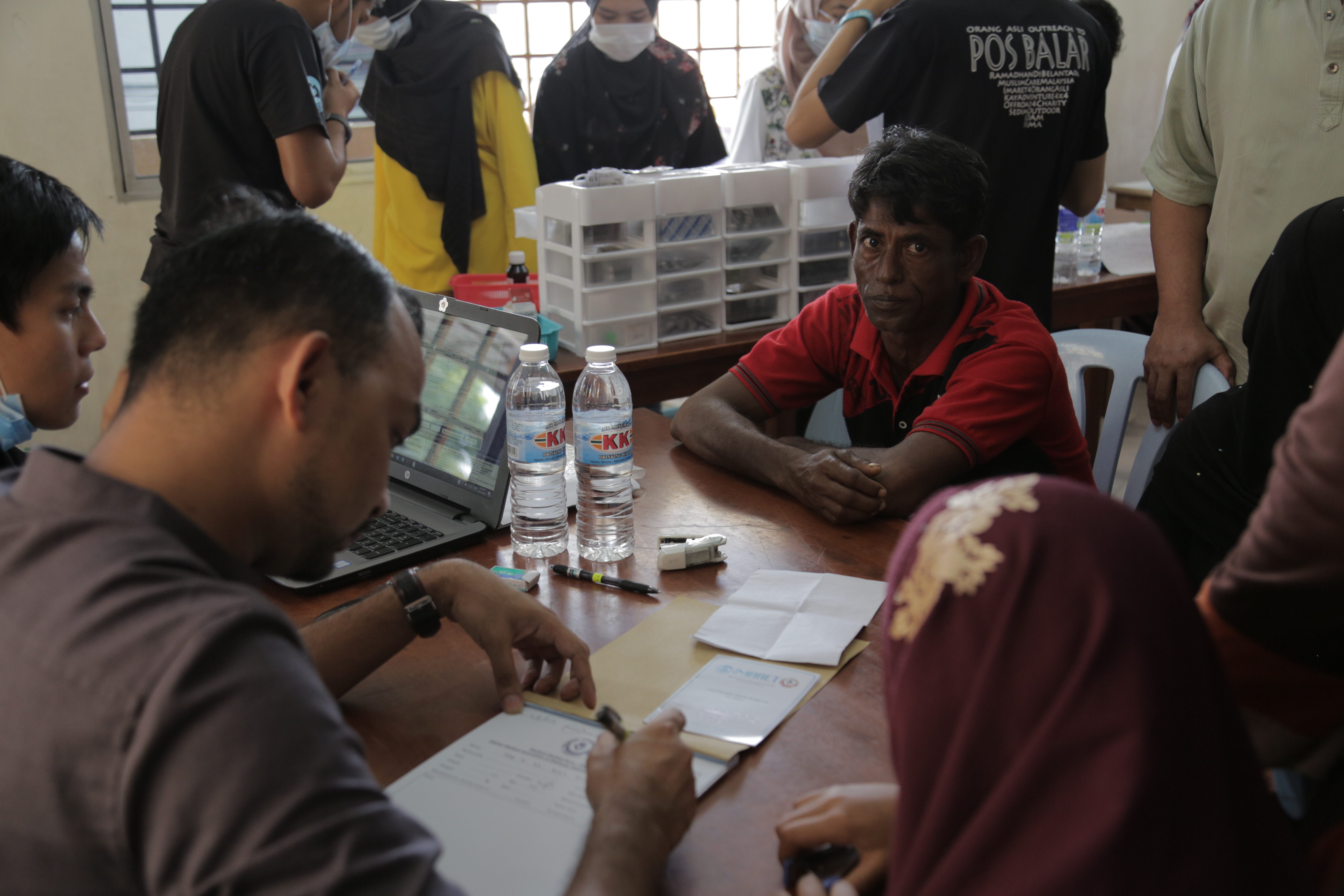
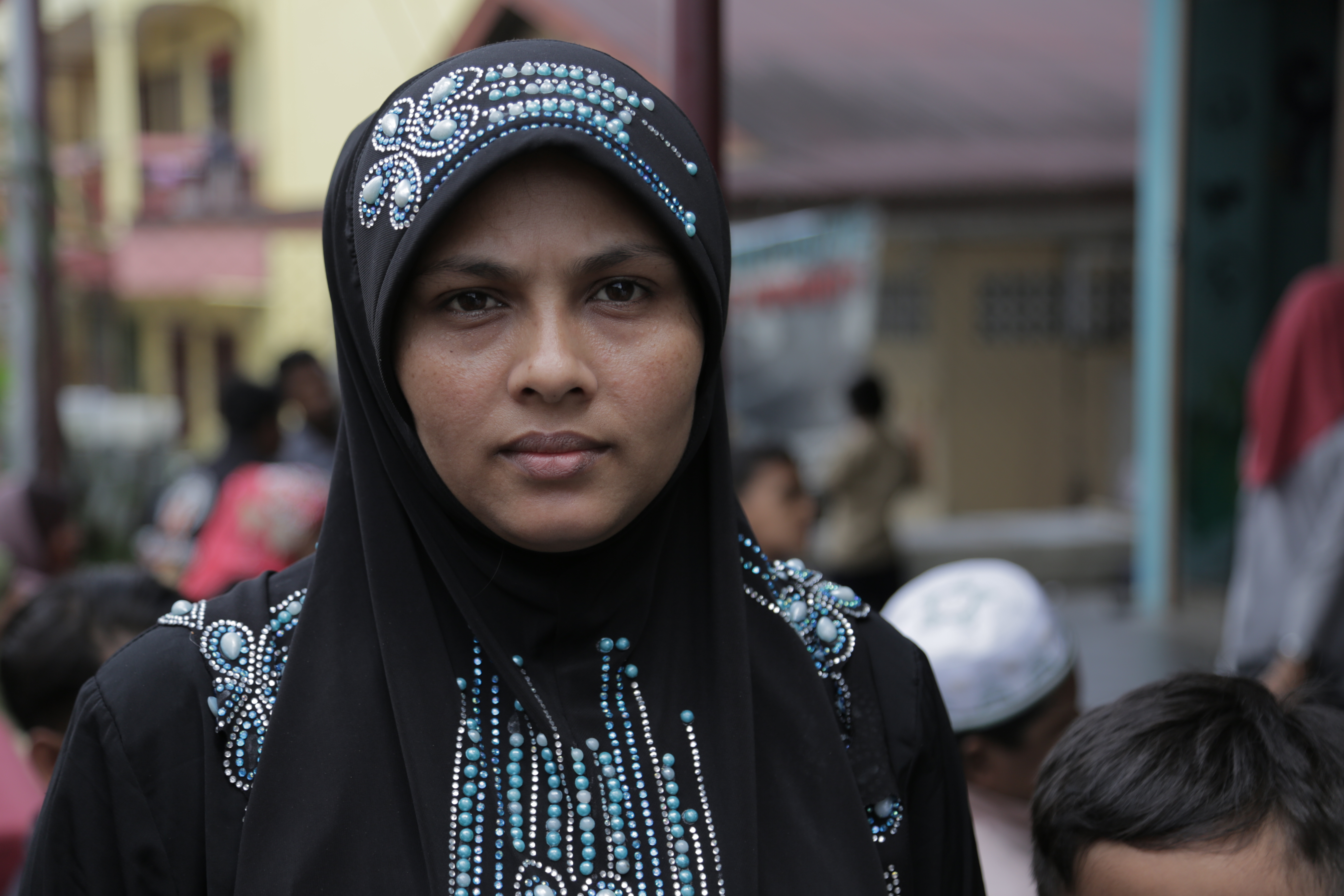
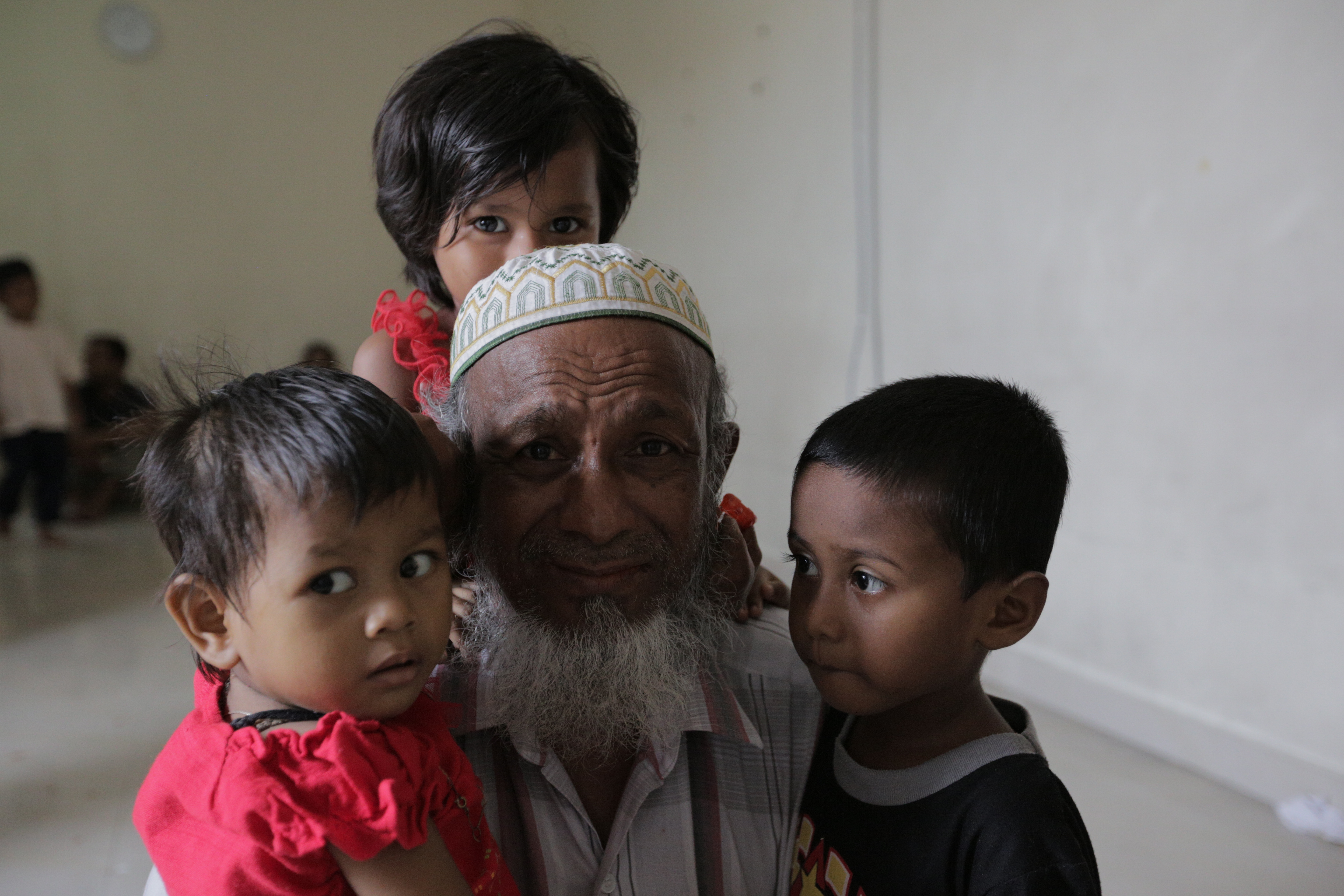
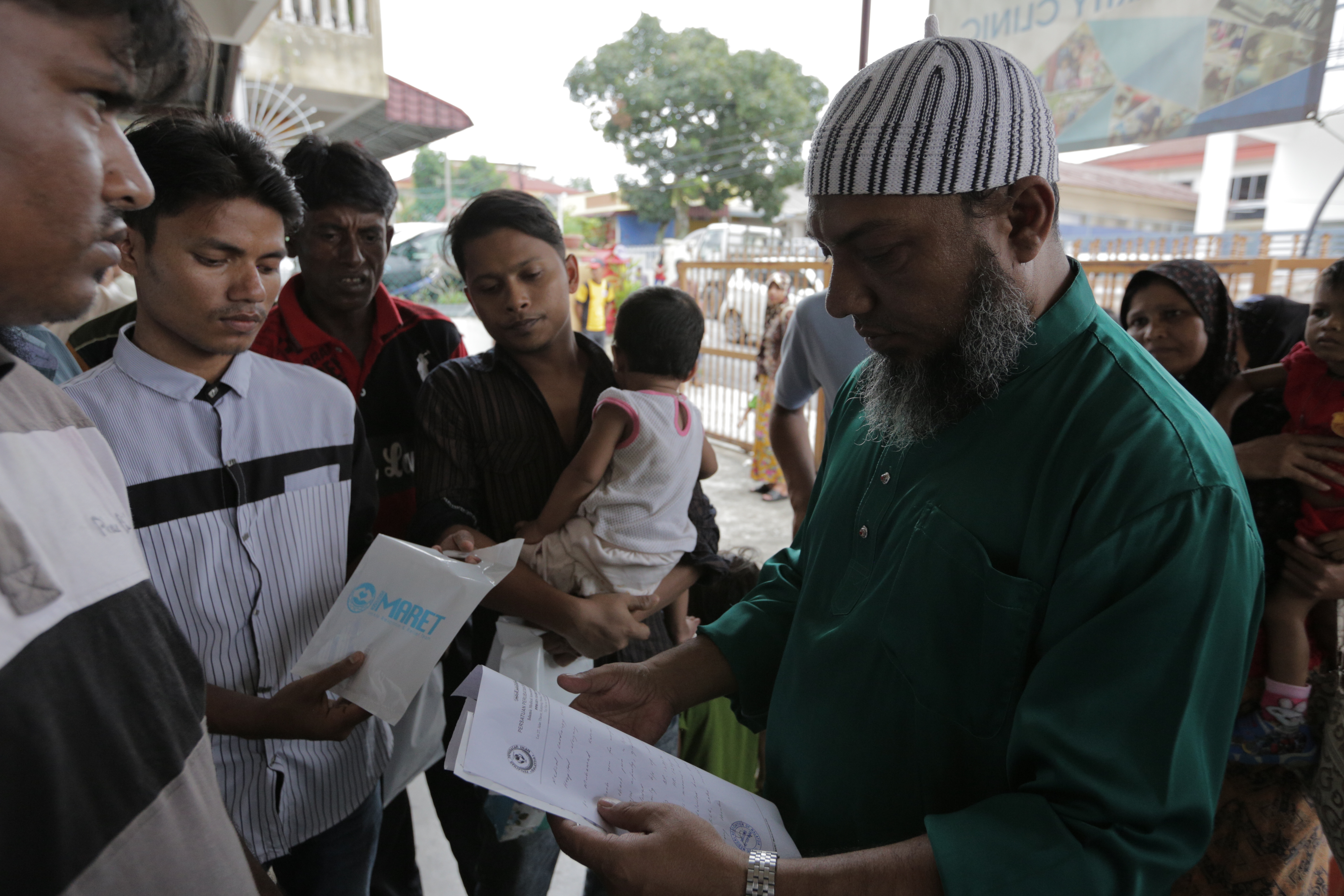
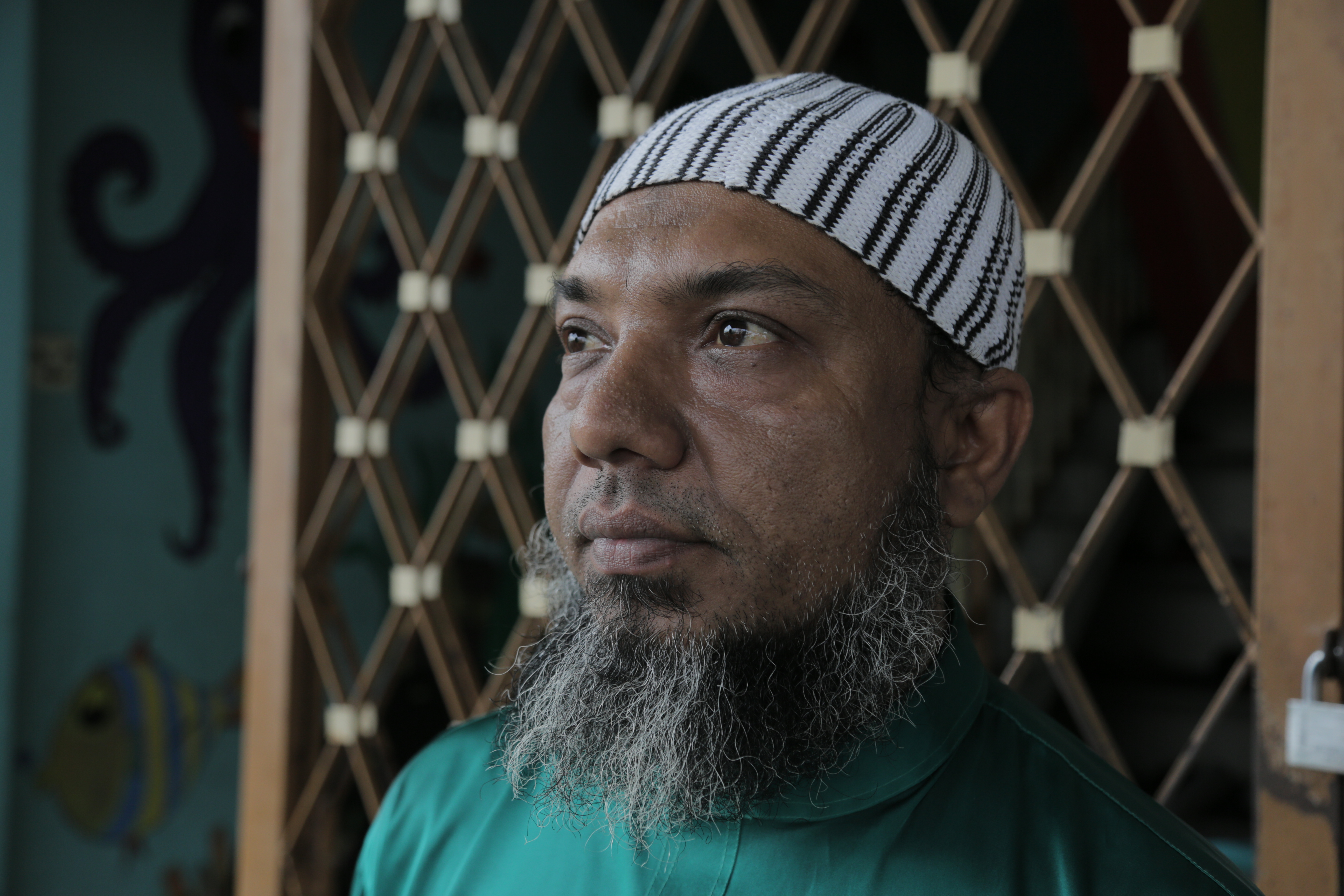
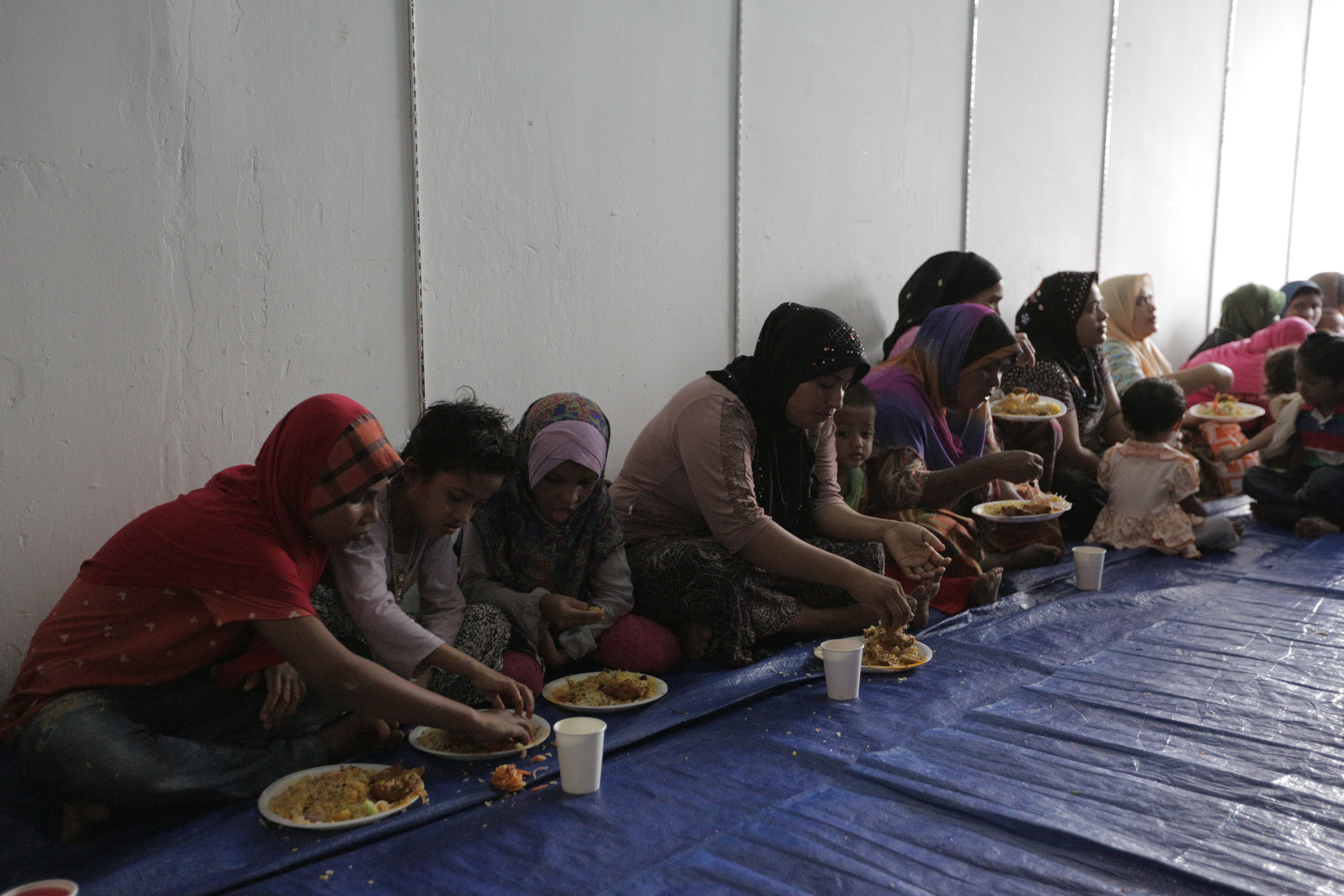
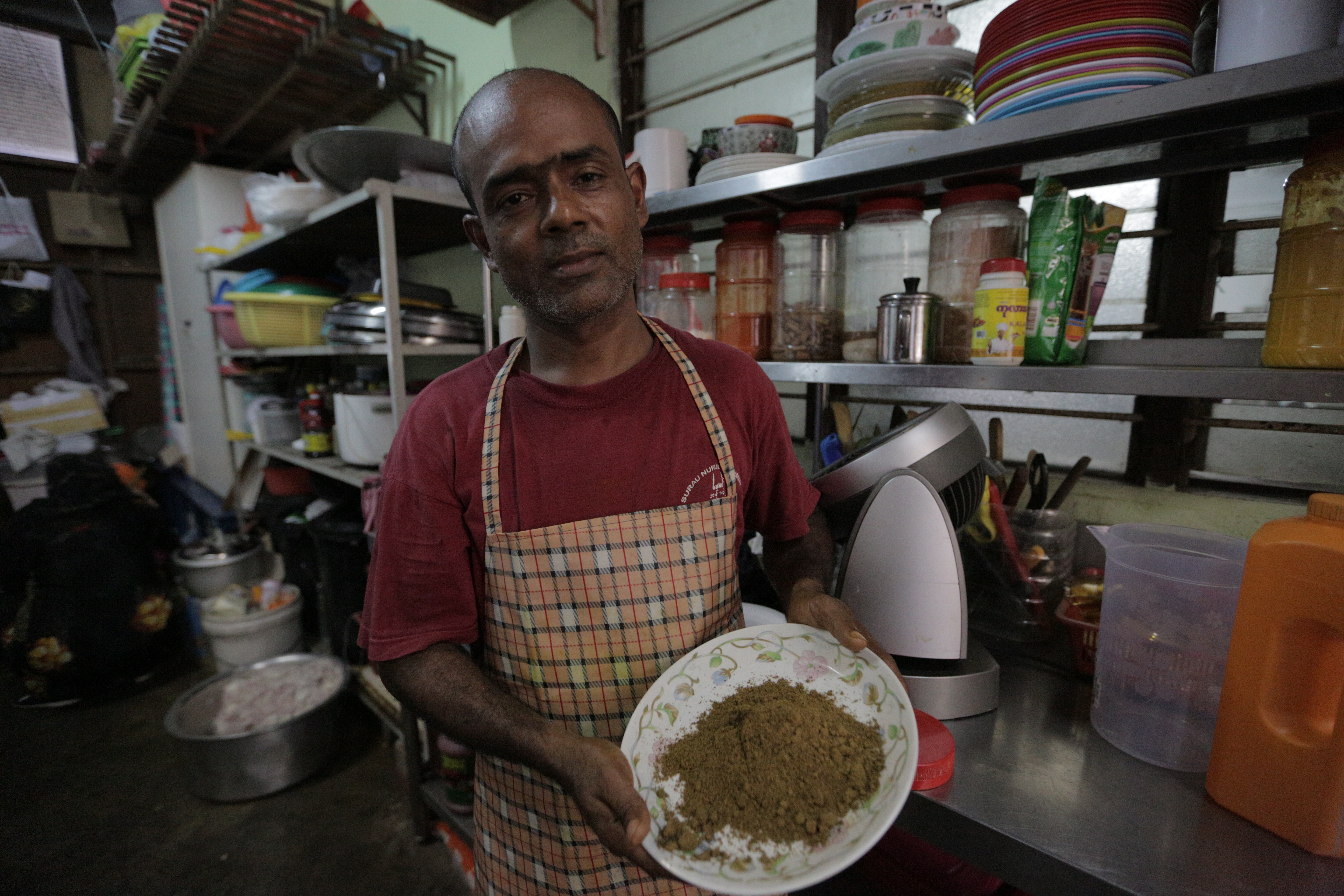
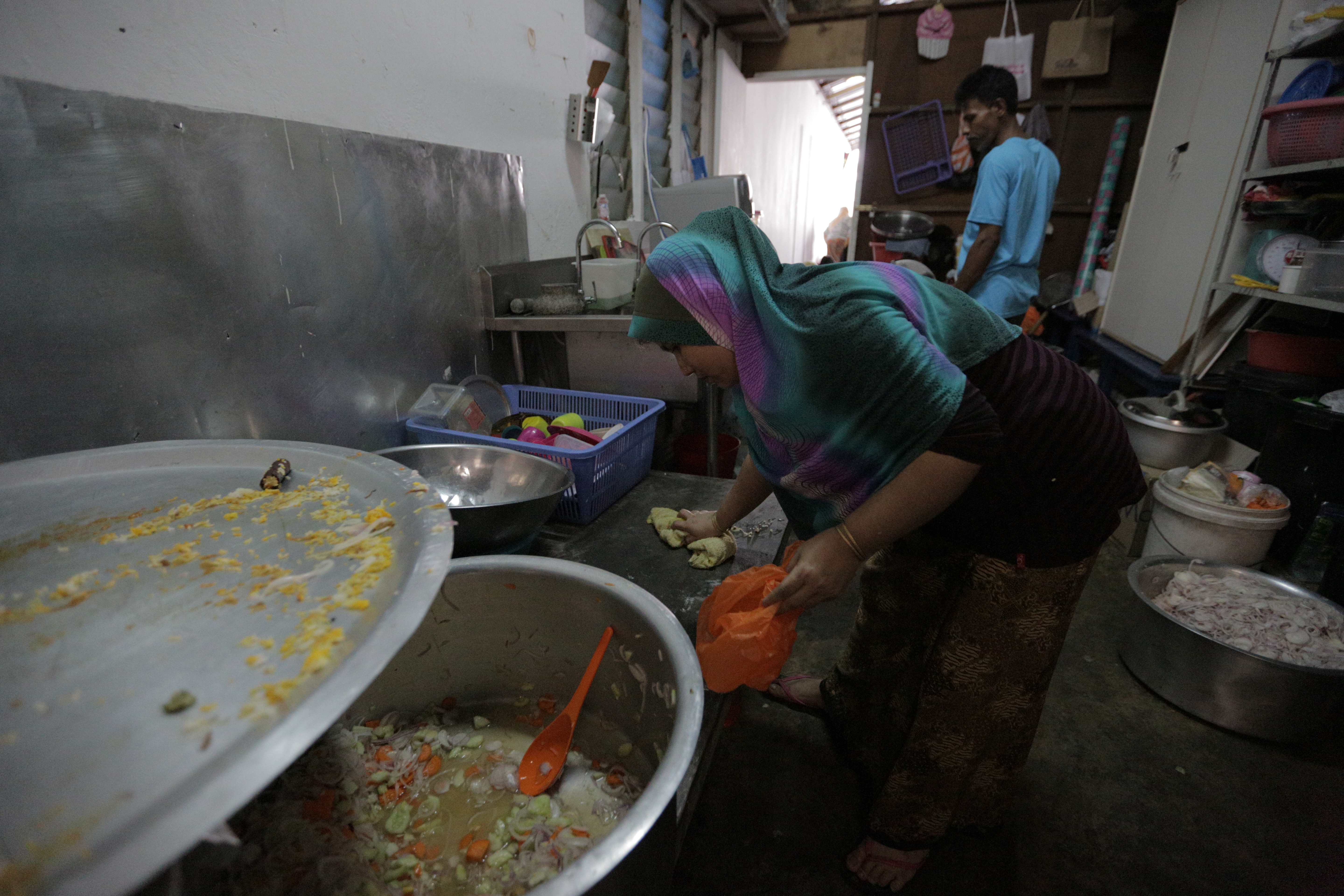
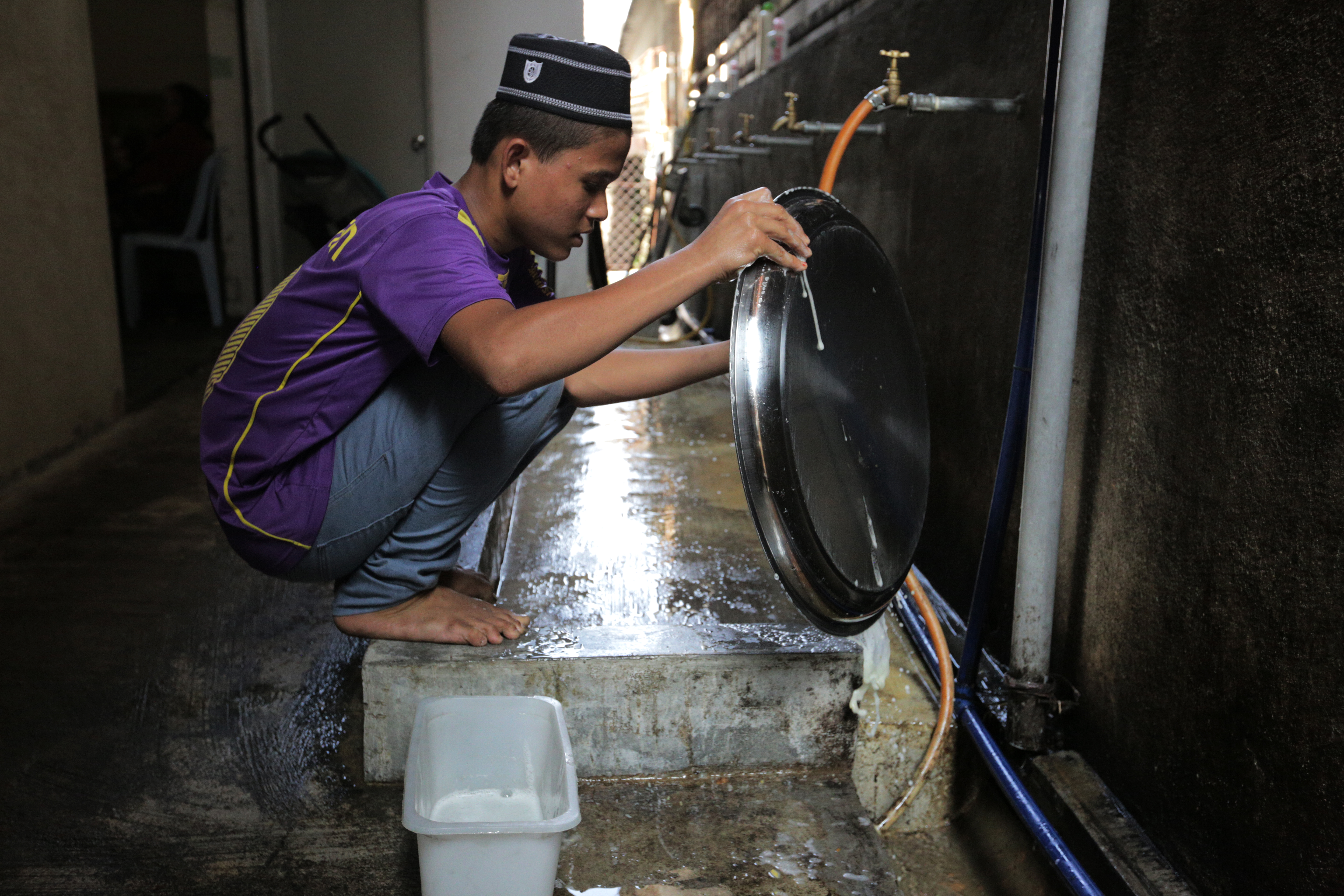
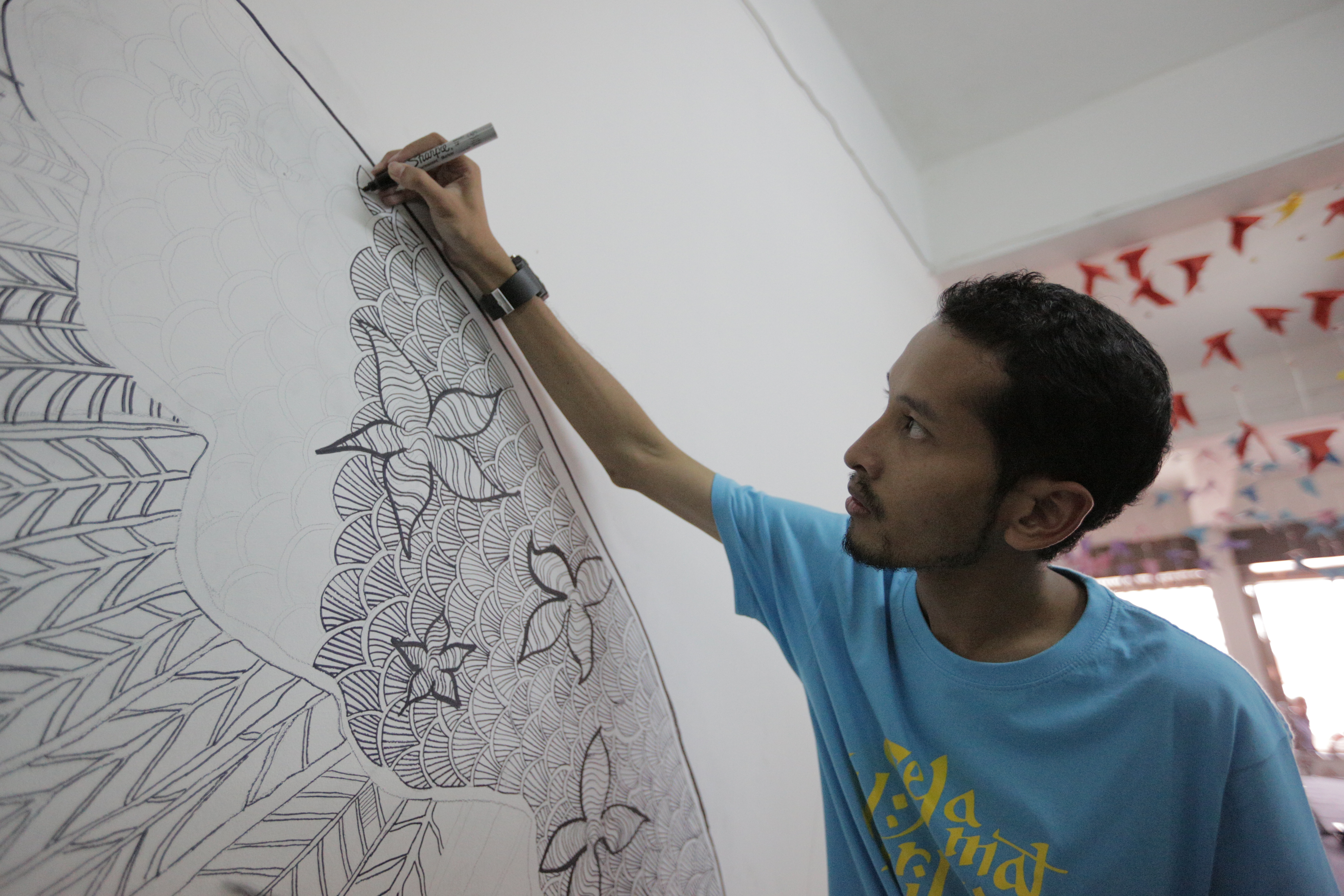
Tell us what you think!